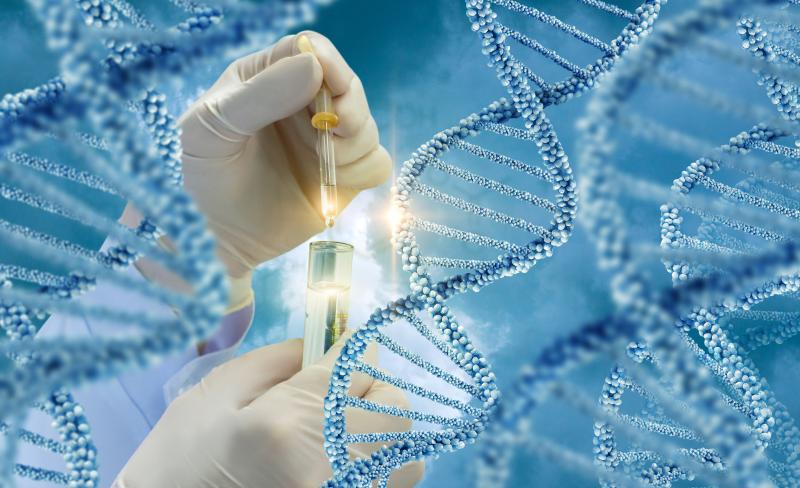
A type 1 diabetes (T1D) genetic risk score (GRS) that is effective in Europeans may also accurately differentiate Indian patients from controls, a recent study has found.
The study included 262 T1D patients, 345 type 2 diabetes (T2D) patients, and 324 controls. The T1D GRS included nine single nucleotide polymorphisms (SNPs) that had been validated against a European cohort. All included participants were of Indo-European ancestry. The study outcome was the ability of the nine-SNP panel to distinguish Indian diabetics from controls.
Diabetic participants with autoantibody responses saw significantly higher mean GRS values than in those with clinical T1D but were autoantibody negative (0.76±0.09 vs 0.73±0.1; p=0.03). This indicated the possibility of misclassifications when diagnoses were based on clinical manifestations alone.
Focusing on T1D patients who satisfied both clinical criteria and autoantibody tests, GRS continued to be higher than in T2D (0.76±0.09 vs 0.64±0.07; p<0.0001) and control (0.76±0.09 vs 0.65±0.07; p<0.0001) comparators.
Notably, researchers also found that the current cohort had lower GRS results than European T1D patients (p<0.0001), though the nine-SNP GRS panel nevertheless remained a strong tool to discriminate T1D from T2D (area under the receiver operator-characteristic curve [AUROC], 0.84, 95 percent confidence interval [CI], 0.80–0.87) and from controls (AUROC, 0.82, 95 percent CI, 0.78–0.85) in Indians.
The difference in the GRS’s ability to differentiate T1D from T2D was only slightly but significantly weaker in Indians than in Europeans (AUROC, 0.84 vs 0.87, respectively; p<0.0001).